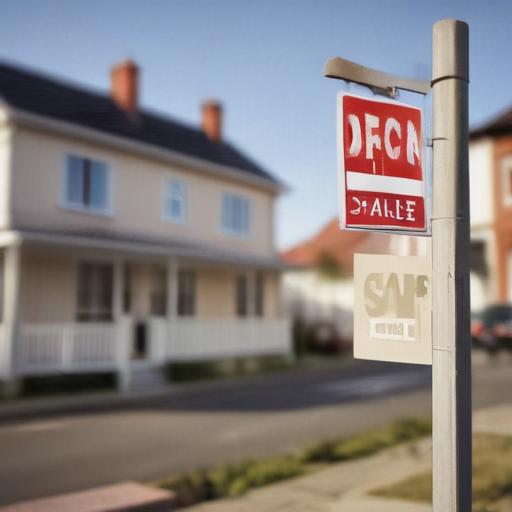City officials have announced an ambitious plan for new housing developments in Coney Island, aimed at addressing the local housing affordability crisis. The initiative will introduce a total of 1,100 housing units, of which over 720 will be affordable and supportive units tailored for homeless individuals and other vulnerable communities. This announcement resonated with voters just as they prepared for the upcoming primary election.
Mayor Eric Adams emphasized the importance of these developments, stating, “These homes will make sure that Coney Island is not only a great place for families to spend time together but also a great place to live as well.” His administration has been recognized for breaking records in affordable housing construction annually.
However, some local residents expressed concerns about possible consequences of the new construction, particularly regarding traffic congestion on the narrow peninsula. Kouichi Shirayanagi, a resident, highlighted the potential for disruptions, noting that Coney Island’s limited roadways could become overburdened.
Angela Kravtchenko, an architect on the Brooklyn Community Board 13, echoed these concerns, stating, “People say, ‘Don’t get a heart attack on Fourth of July because it’ll take two hours for ambulance to come to your house.’”
In response to these concerns, the Adams administration pointed to their broader “City of Yes” land-use reforms, which aim to facilitate the creation of thousands of additional housing units in the area over the next decade. This includes new housing developments close to subway stations and business areas along Mermaid Avenue and Coney Island Avenue, where previous restrictions have been lifted.
Among the projects set to break ground this year is Coney Island Phase III, which will introduce 420 units, with rents for one-bedroom apartments averaging around $1,800 monthly for those earning 61% of the area median income. Additionally, Coney Landing will provide 108 supportive housing units aimed at tenants earning 30% of the median income, along with another 62 units for those earning 60% or below.
Another promising project planned for Surf Avenue will create over 500 units, with 25% designated as affordable. The specifics regarding the developer for this project are expected to be announced later this summer.
Jeff Nemetsky, CEO of Brooklyn Community Housing and Services, expressed optimism about the proposed developments, stating they are essential for increasing affordable housing stock in Brooklyn, especially amid a 1.4% vacancy rate. He remarked, “These projects, once completed, will offer a wide range of affordable and attractive homes, helping low-income and working people remain in the community.”
As the city continues to invest in Coney Island—over $750 million has already been allocated leading to the creation of 3,400 new homes since a 2009 rezoning—concerns about flooding and environmental impacts remain pertinent. Kravtchenko raised alarms about the area’s increased susceptibility to flooding due to climate change, citing the lack of adequate sewer systems.
Despite these challenges, residents, including Shirayanagi, stressed the importance of affordable housing. He remarked on the trend of residents leaving New York City for other states due to high living costs, underlining the critical need for the developments to retain the middle-class population in the community.
This proposed housing initiative reflects a significant effort to contribute positively to Coney Island, striving to enhance both the living conditions and economic stability of the area’s residents while addressing pressing concerns about infrastructure and environmental sustainability.
